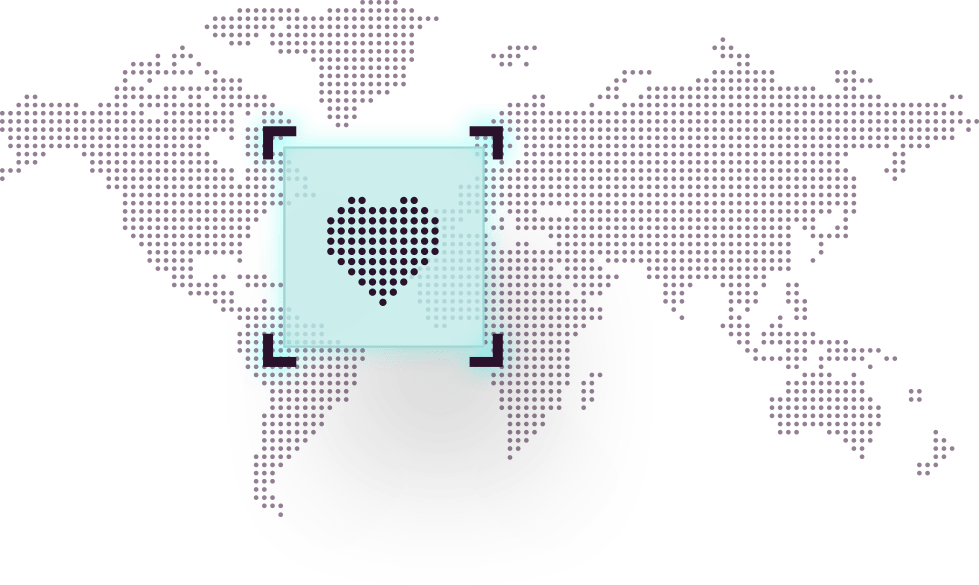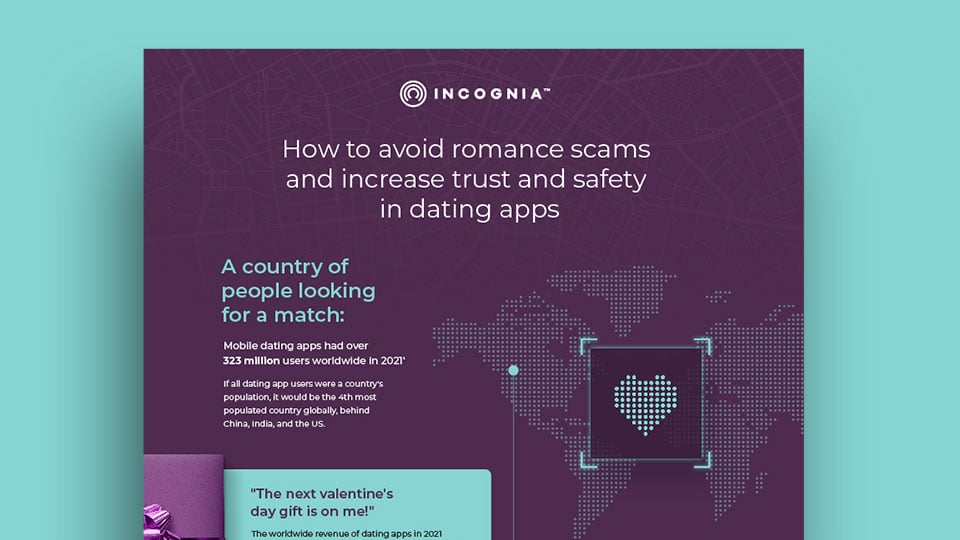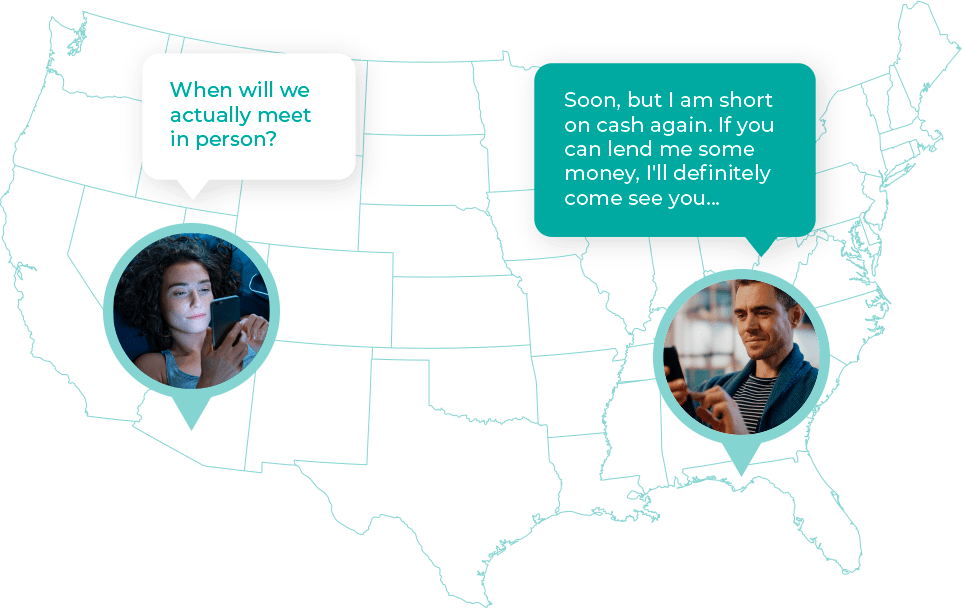Identity verification processes on dating sites or applications are similar to those of other industries. Typically, they will use a combination of methods to confirm the identity of new users, however, the three core techniques include verifying a government-issued ID, matching a selfie to it, or using a third-party verification solution.
Users may be asked to provide a copy of their passport, driver's license, or national ID card. The dating site will then compare the information on the ID with the information provided in the user's profile to verify their identity. Some dating sites may ask users to take a selfie with a specific gesture or in a specific location, which the site can then compare with the ID provided to verify that the person in the picture is the same person who registered for the account. Liveness detection capabilities are another important component of verification solutions as they ensure that the selfie is of a real person, not a picture or mask.
Dating sites may also use third-party verification services that specialize in identity verification. These services typically use machine learning algorithms and other advanced technologies to check the information provided against various databases and sources to confirm its accuracy.
Of course, the methods used may vary depending on the dating site and the country in which it operates. Ultimately, the goal of ID verification for dating sites is to provide a secure and trustworthy platform for users to connect and form relationships while reducing the risk of fraud and scams.




